BAIKAL TEALS DISAPPEAR FROM CHEONSUMAN BAY
입력 2020.11.09 (15:26)
수정 2020.11.09 (16:47)
읽어주기 기능은 크롬기반의
브라우저에서만 사용하실 수 있습니다.
[Anchor Lead]
Cheonsuman Bay in Seosan, the largest stopover for migratory birds in Korea, used to be popular for the beautiful group dances of Baikal teals. But the birds have not visited the area for almost a decade now. Here's why.
[Pkg]
As the sun sets, thousands of Baikal teal fly together creating a breathtaking spectacle. Cheonsuman Bay is the largest stopover for some 300,000 migratory birds. But there are no more Baikal teal among them these days. Every year some 400,000 to 500,000 of these birds used to visit the area. But they haven't been spotted here since 2010.
[Soundbite] HAN SEONG-WOO(SEOSAN BIRDLAND) : "The Baikal teal only stops by this area briefly. The birds don't stay here through the winter."
The harvest season has just ended in the Cheonsuman Bay area, but there is almost no grain left on the ground for the birds to feed on, and all rice straw is collected to feed livestock. The changes began around a decade ago, when the reclamation land in the area was leased to private farms that use high-tech agricultural machinery. More than 3,000 tons of fallen grain is needed for some 400,000 Baikal teal to prepare for winter. The Cheonsuman Bay area can no longer provide that to the birds.
[Soundbite] KIM SHIN-HWAN(KOREAN FEDERATION FOR ENVIRONMENTAL MOVEMENT) : "There is no grain for the birds to eat. The Baikal teal is unlikely to visit Cheonsuman Bay again unless the situation improves."
More than 90 percent of the species visit Korea from Siberia at this time of the year, providing a majestic sight in the sky. But with the drastic decline in the number of Baikal teal visiting the area, Cheonsuman Bay area is losing a key spectacle.
Cheonsuman Bay in Seosan, the largest stopover for migratory birds in Korea, used to be popular for the beautiful group dances of Baikal teals. But the birds have not visited the area for almost a decade now. Here's why.
[Pkg]
As the sun sets, thousands of Baikal teal fly together creating a breathtaking spectacle. Cheonsuman Bay is the largest stopover for some 300,000 migratory birds. But there are no more Baikal teal among them these days. Every year some 400,000 to 500,000 of these birds used to visit the area. But they haven't been spotted here since 2010.
[Soundbite] HAN SEONG-WOO(SEOSAN BIRDLAND) : "The Baikal teal only stops by this area briefly. The birds don't stay here through the winter."
The harvest season has just ended in the Cheonsuman Bay area, but there is almost no grain left on the ground for the birds to feed on, and all rice straw is collected to feed livestock. The changes began around a decade ago, when the reclamation land in the area was leased to private farms that use high-tech agricultural machinery. More than 3,000 tons of fallen grain is needed for some 400,000 Baikal teal to prepare for winter. The Cheonsuman Bay area can no longer provide that to the birds.
[Soundbite] KIM SHIN-HWAN(KOREAN FEDERATION FOR ENVIRONMENTAL MOVEMENT) : "There is no grain for the birds to eat. The Baikal teal is unlikely to visit Cheonsuman Bay again unless the situation improves."
More than 90 percent of the species visit Korea from Siberia at this time of the year, providing a majestic sight in the sky. But with the drastic decline in the number of Baikal teal visiting the area, Cheonsuman Bay area is losing a key spectacle.
■ 제보하기
▷ 카카오톡 : 'KBS제보' 검색, 채널 추가
▷ 전화 : 02-781-1234, 4444
▷ 이메일 : kbs1234@kbs.co.kr
▷ 유튜브, 네이버, 카카오에서도 KBS뉴스를 구독해주세요!
- BAIKAL TEALS DISAPPEAR FROM CHEONSUMAN BAY
-
- 입력 2020-11-09 15:26:37
- 수정2020-11-09 16:47:06
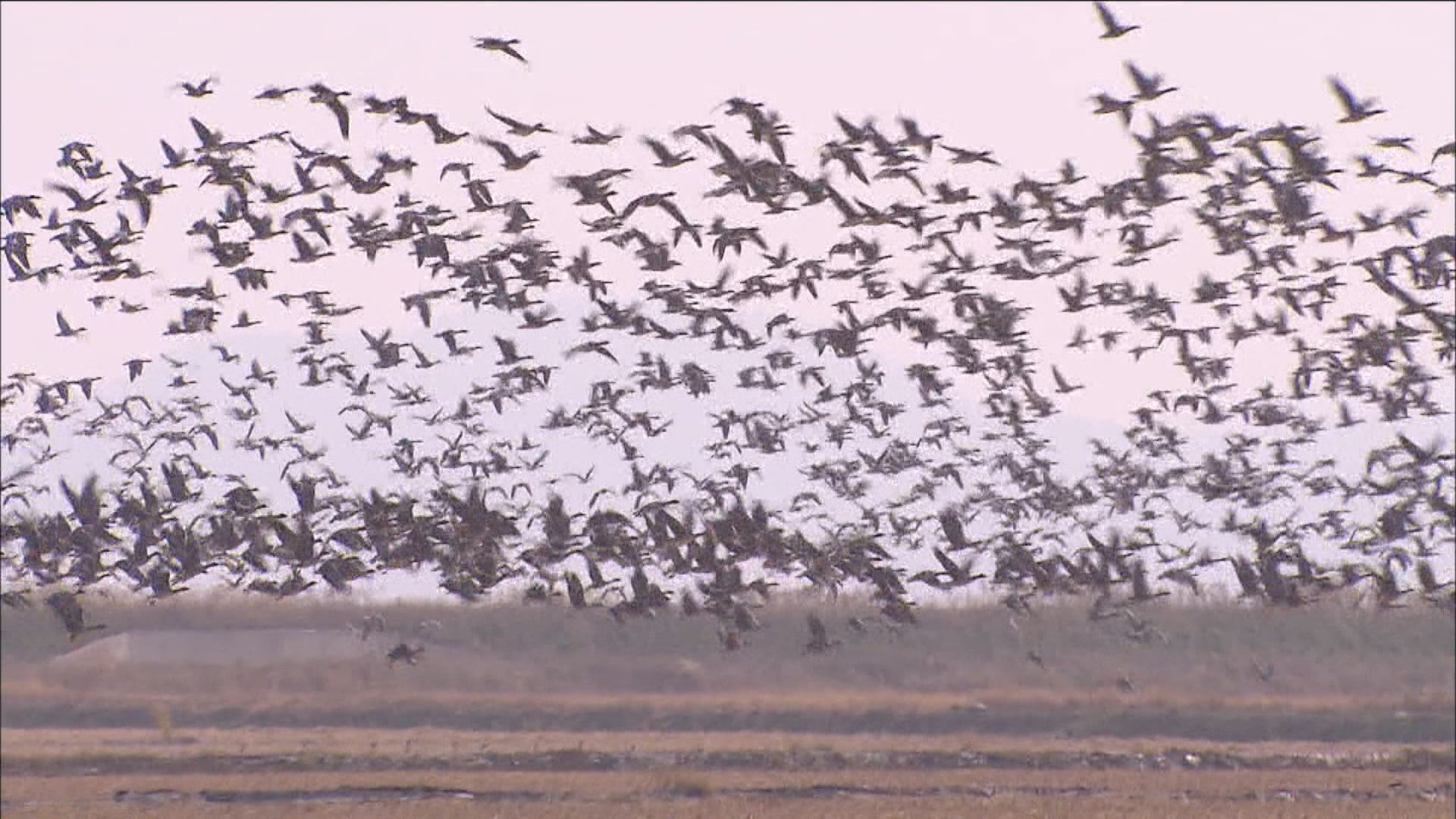
[Anchor Lead]
Cheonsuman Bay in Seosan, the largest stopover for migratory birds in Korea, used to be popular for the beautiful group dances of Baikal teals. But the birds have not visited the area for almost a decade now. Here's why.
[Pkg]
As the sun sets, thousands of Baikal teal fly together creating a breathtaking spectacle. Cheonsuman Bay is the largest stopover for some 300,000 migratory birds. But there are no more Baikal teal among them these days. Every year some 400,000 to 500,000 of these birds used to visit the area. But they haven't been spotted here since 2010.
[Soundbite] HAN SEONG-WOO(SEOSAN BIRDLAND) : "The Baikal teal only stops by this area briefly. The birds don't stay here through the winter."
The harvest season has just ended in the Cheonsuman Bay area, but there is almost no grain left on the ground for the birds to feed on, and all rice straw is collected to feed livestock. The changes began around a decade ago, when the reclamation land in the area was leased to private farms that use high-tech agricultural machinery. More than 3,000 tons of fallen grain is needed for some 400,000 Baikal teal to prepare for winter. The Cheonsuman Bay area can no longer provide that to the birds.
[Soundbite] KIM SHIN-HWAN(KOREAN FEDERATION FOR ENVIRONMENTAL MOVEMENT) : "There is no grain for the birds to eat. The Baikal teal is unlikely to visit Cheonsuman Bay again unless the situation improves."
More than 90 percent of the species visit Korea from Siberia at this time of the year, providing a majestic sight in the sky. But with the drastic decline in the number of Baikal teal visiting the area, Cheonsuman Bay area is losing a key spectacle.
Cheonsuman Bay in Seosan, the largest stopover for migratory birds in Korea, used to be popular for the beautiful group dances of Baikal teals. But the birds have not visited the area for almost a decade now. Here's why.
[Pkg]
As the sun sets, thousands of Baikal teal fly together creating a breathtaking spectacle. Cheonsuman Bay is the largest stopover for some 300,000 migratory birds. But there are no more Baikal teal among them these days. Every year some 400,000 to 500,000 of these birds used to visit the area. But they haven't been spotted here since 2010.
[Soundbite] HAN SEONG-WOO(SEOSAN BIRDLAND) : "The Baikal teal only stops by this area briefly. The birds don't stay here through the winter."
The harvest season has just ended in the Cheonsuman Bay area, but there is almost no grain left on the ground for the birds to feed on, and all rice straw is collected to feed livestock. The changes began around a decade ago, when the reclamation land in the area was leased to private farms that use high-tech agricultural machinery. More than 3,000 tons of fallen grain is needed for some 400,000 Baikal teal to prepare for winter. The Cheonsuman Bay area can no longer provide that to the birds.
[Soundbite] KIM SHIN-HWAN(KOREAN FEDERATION FOR ENVIRONMENTAL MOVEMENT) : "There is no grain for the birds to eat. The Baikal teal is unlikely to visit Cheonsuman Bay again unless the situation improves."
More than 90 percent of the species visit Korea from Siberia at this time of the year, providing a majestic sight in the sky. But with the drastic decline in the number of Baikal teal visiting the area, Cheonsuman Bay area is losing a key spectacle.
이 기사가 좋으셨다면
-
좋아요
0
-
응원해요
0
-
후속 원해요
0










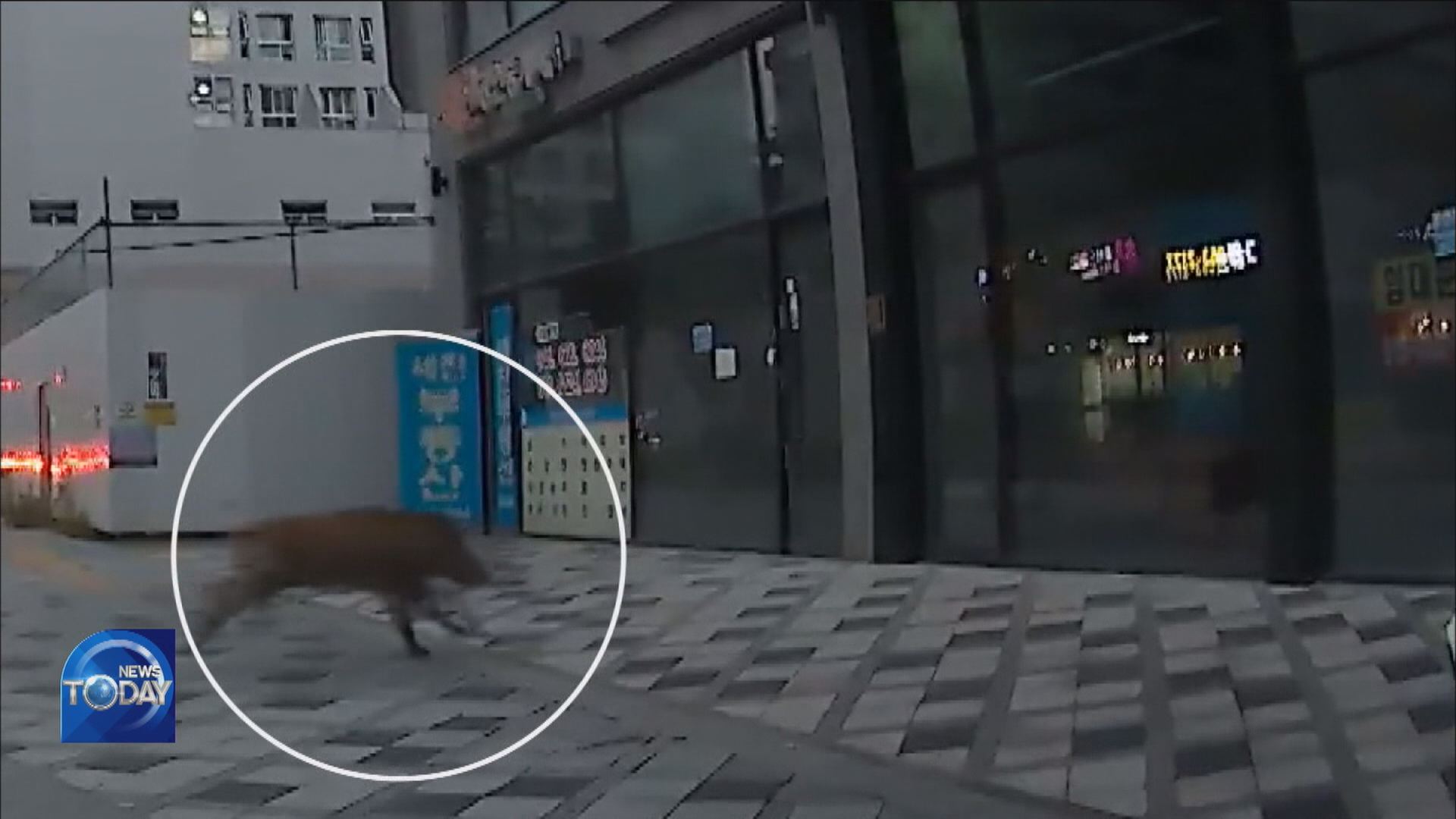
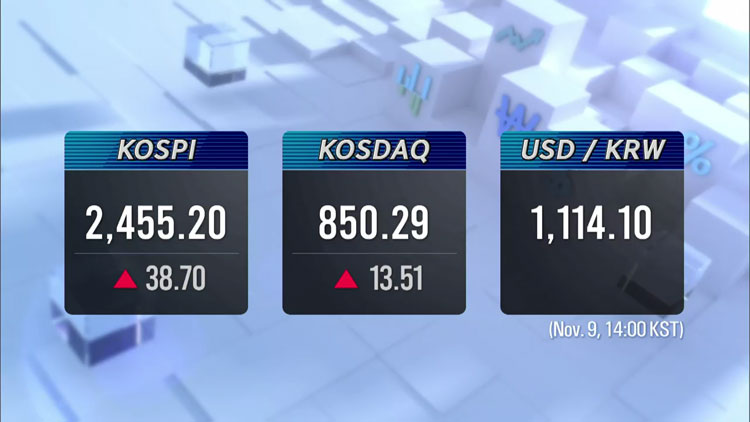
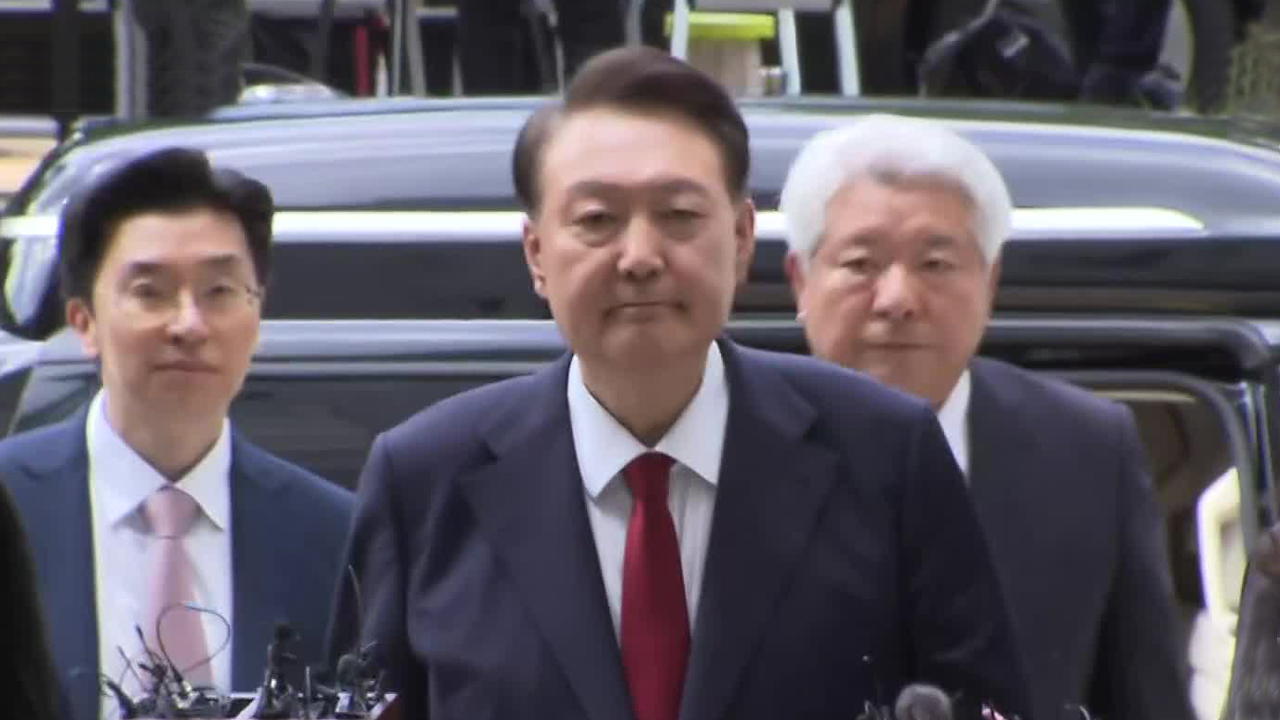
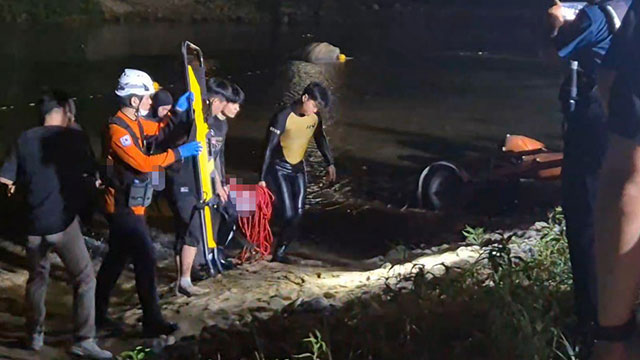
![[단독] ‘공천개입 핵심 물증’ 윤상현 휴대전화 미제출…야간 추가 압수수색도 실패](/data/layer/904/2025/07/20250709_dRidEM.png)


이 기사에 대한 의견을 남겨주세요.